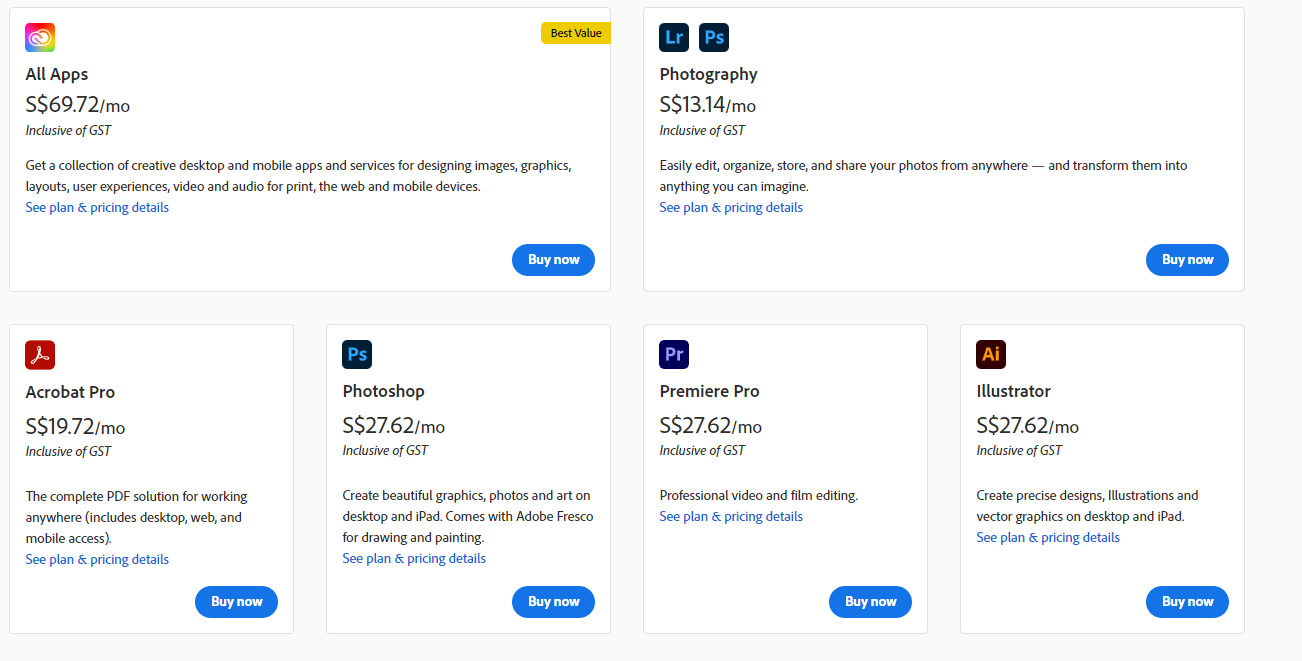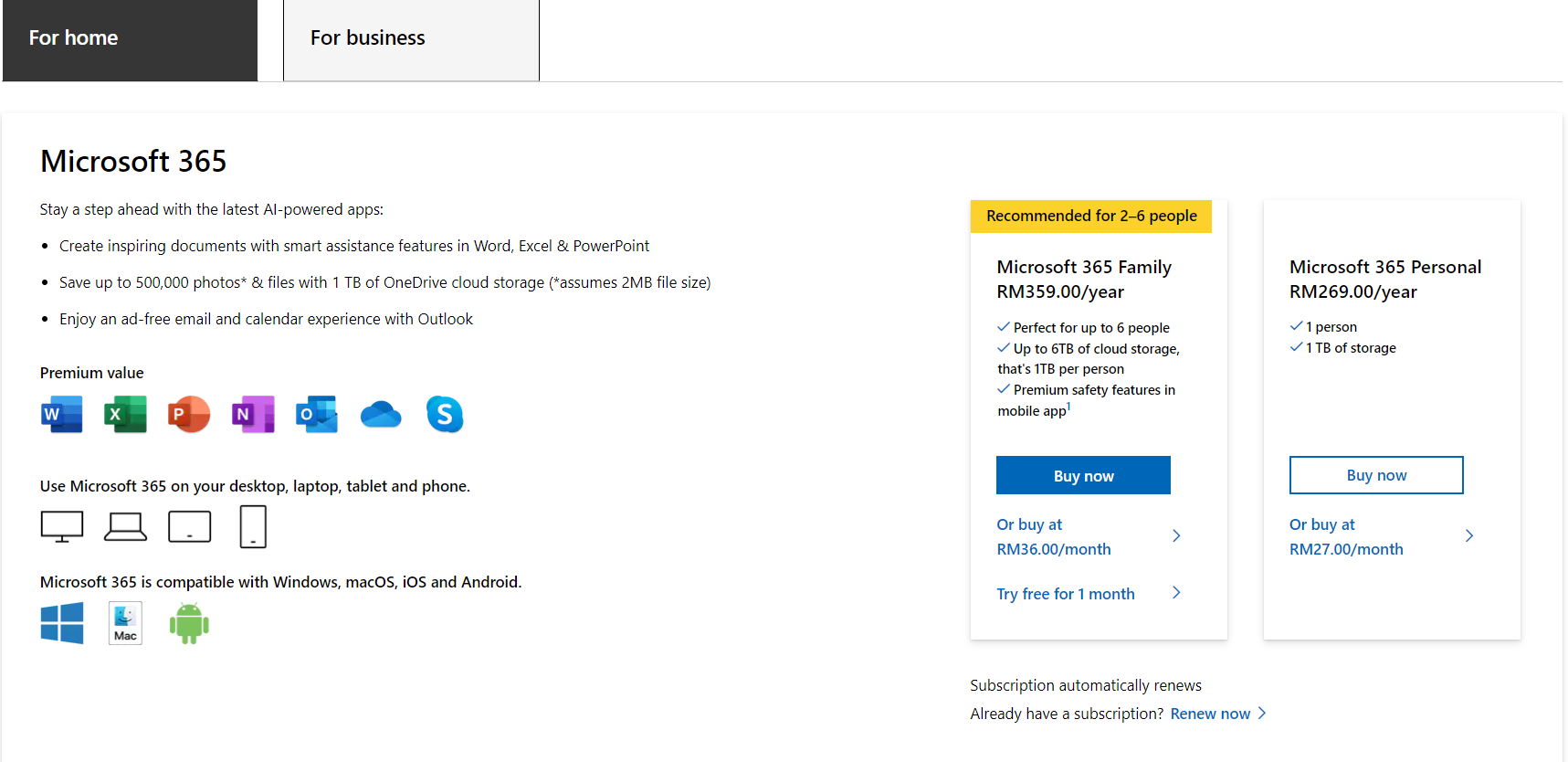There used to be a time when you could purchase a copy of a computer software, and pay for it just once; you’ll then be able to use it for years until it’s not compatible with your new devices anymore.
These days, the very same products are offered via Software as a Service (SaaS) models that require a subscription – that sounds fine until you remember – unlike one-time payment models – you don’t own the product; you’re simply paying a monthly fee to have the right to use it; and this leads to the issue at hand.
You can’t install older Adobe Creative Suites anymore
If you go over to Adobe’s Creative Suite archive page, it says that you can no longer use Creative Suite 2,3, and 4 due to the “aging activation servers” that had to be retired – that means some poor soul is now locked out of a product he bought because of an anti-piracy measure, now needs to upgrade to the newest Creative Cloud – the brand’s own SaaS product.

We’re not advocating for piracy, but I’d rather be the guy who still gets to use his programs rather than the guy who’s now locked out of using what he owns.

Apps like Photoshop and Illustrator will cost upwards of RM80/month, while the Acrobat Pro PDF reader will set you back around RM60/month; that’s a lot of money to fork out, especially for the individual.
Sure, Adobe promises regular updates and improvements to their services, plus you get to store your work on the cloud; but it still doesn’t change the fact that you don’t pay to own it.
What Microsoft is doing instead

But we reckon it would still be nice to actually own the product rather than pay a monthly premium for it – and we think that’s why Microsoft is launching the Office 2021, the first perpetual version of the program since Office 2019.
Since that came out 2018, it essentially took Microsoft three years to realize some people still prefer one-time-purchase models.
In closing, cloud services are useful for sure – especially when it comes to storing and accessing documents and files; but their monthly subscriptions and eventual shut down are a boon to those who want to own the products they buy.
This article serves to paint a picture with about how absurd it is that pirated copies of old productivity apps work, while paid versions lock their paying customers out.
Image credit: Michael Sexton via Creative Bloq
I’m also acknowledging that there are plenty of free alternatives out there that you can use if you’re on a tight budget – and you should definitely be using them just like I am.

